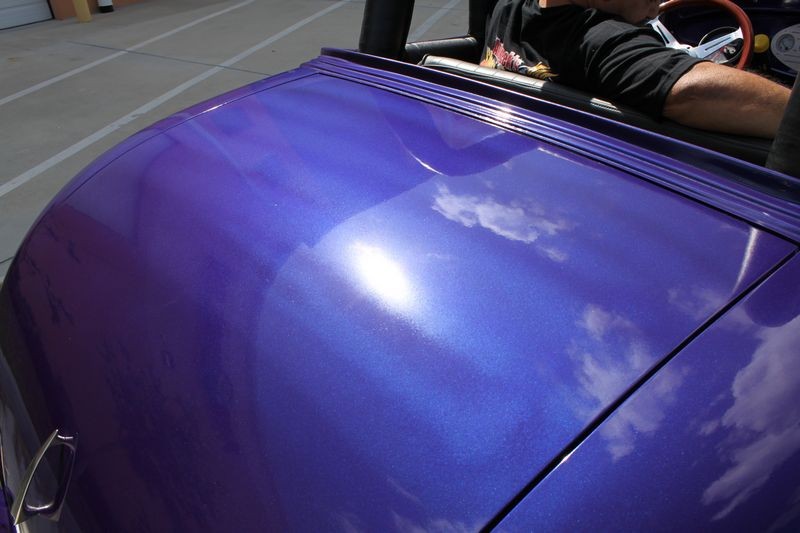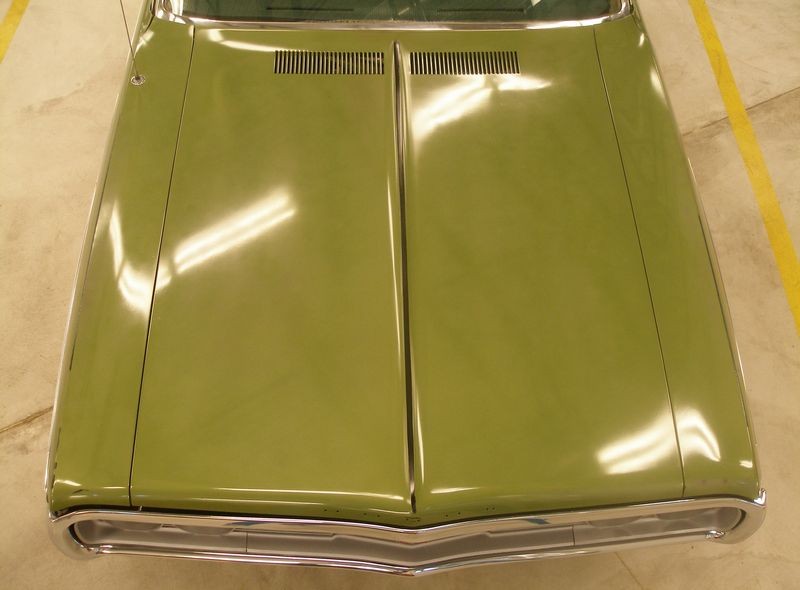Mike Phillips
Active member
- Dec 5, 2022
- 51,004
- 6
Tiger Stripes
This is not a slam on my buddy Rick at all because I admire people that are do-it-yourselfers...
Plus, painting is a learned art. That said, these are Tiger Stripes from how he held the spray gun when spraying a metallic paint job. The lines are under the clear so there's nothing that can be done to remove them except to repaint.
Tiger Stripes


This street rod came to in need a little help and left looking much, much better...
Pictures + Video of 1932 Ford Highboy Extreme Makeover


This is not a slam on my buddy Rick at all because I admire people that are do-it-yourselfers...
Plus, painting is a learned art. That said, these are Tiger Stripes from how he held the spray gun when spraying a metallic paint job. The lines are under the clear so there's nothing that can be done to remove them except to repaint.
Tiger Stripes


This street rod came to in need a little help and left looking much, much better...
Pictures + Video of 1932 Ford Highboy Extreme Makeover




